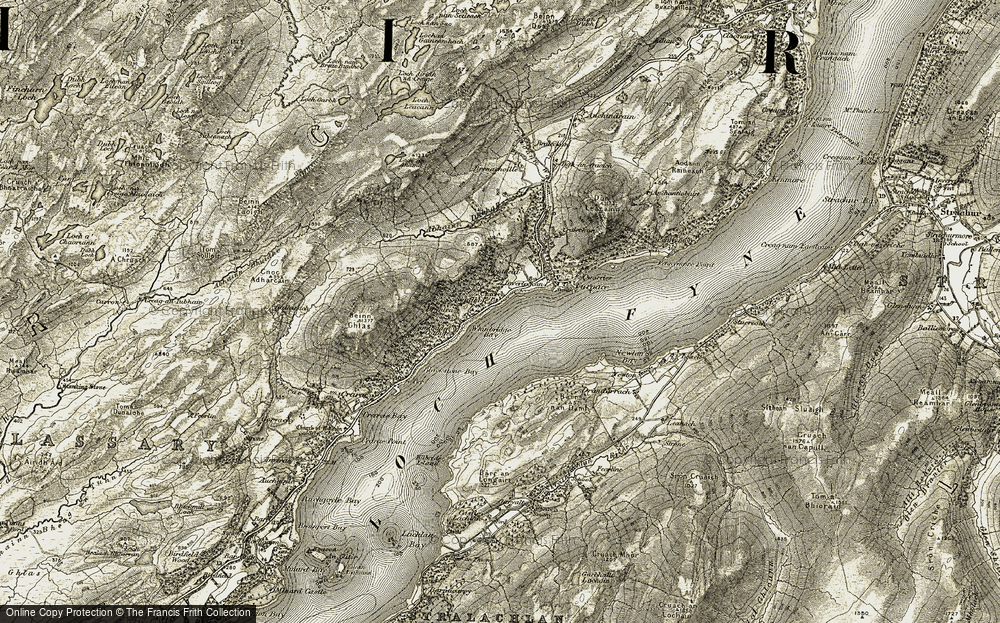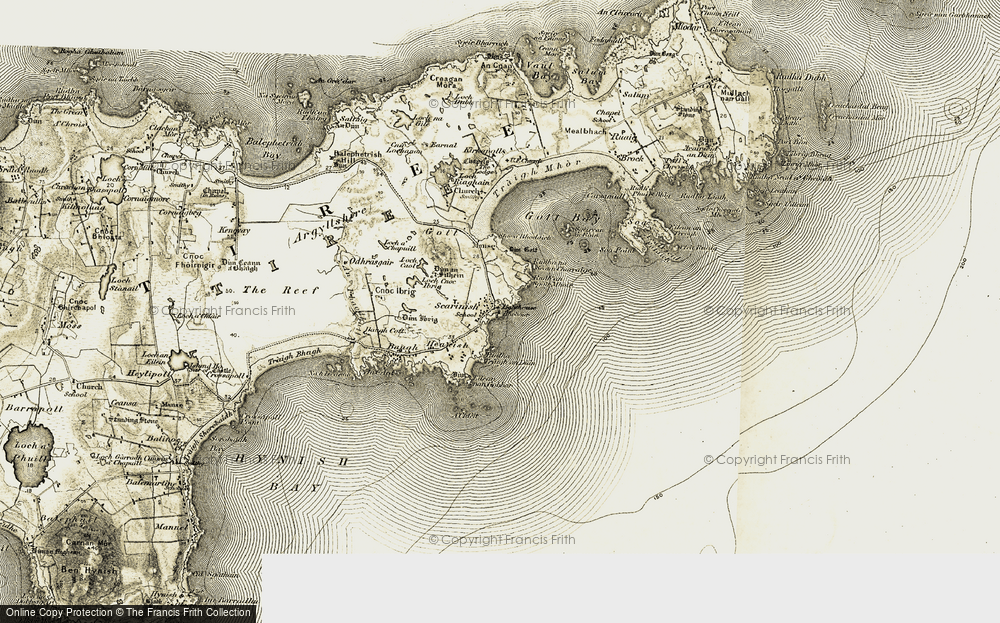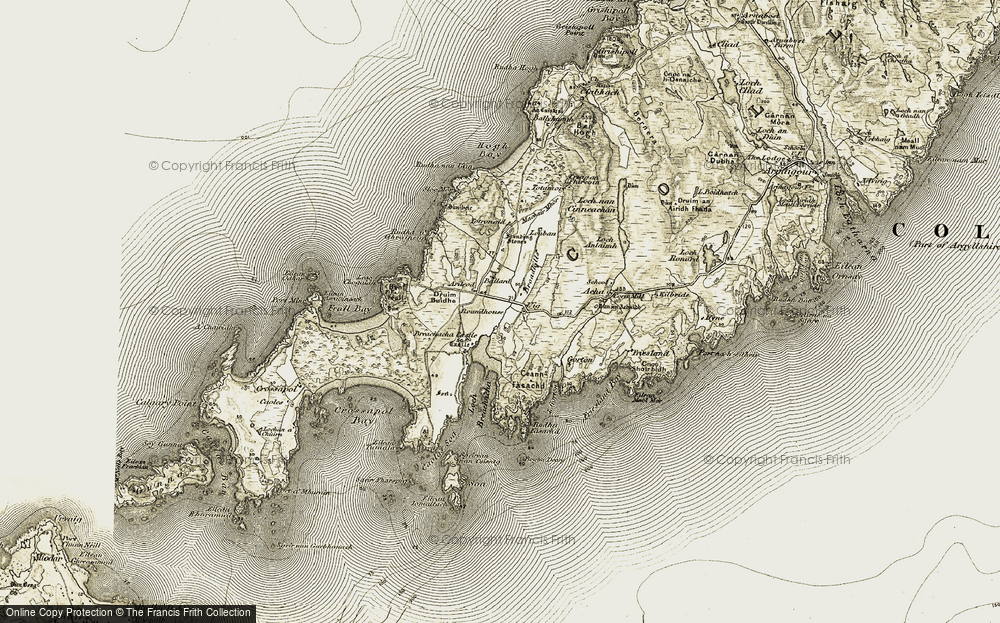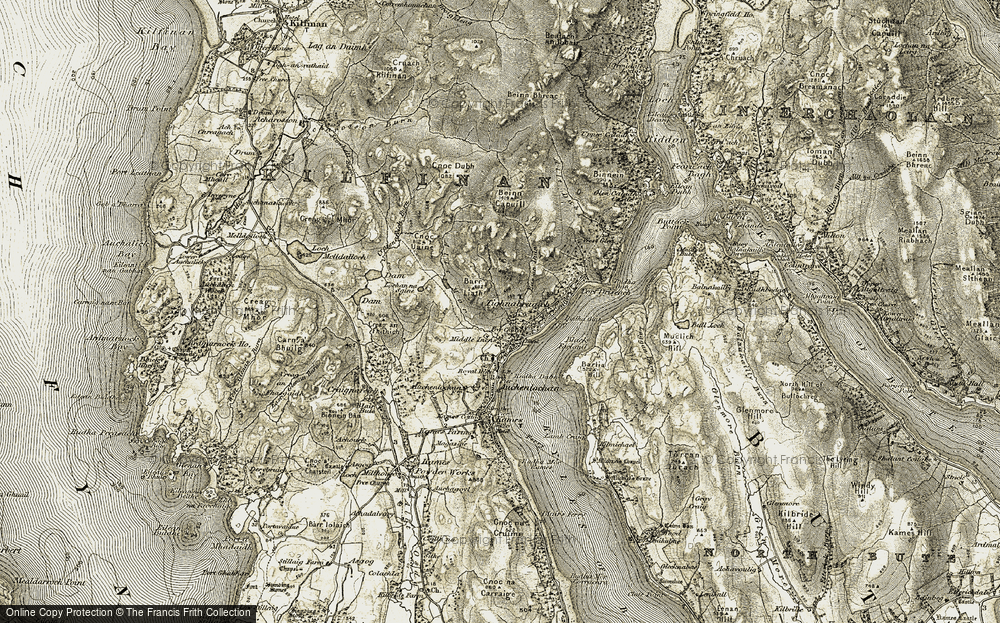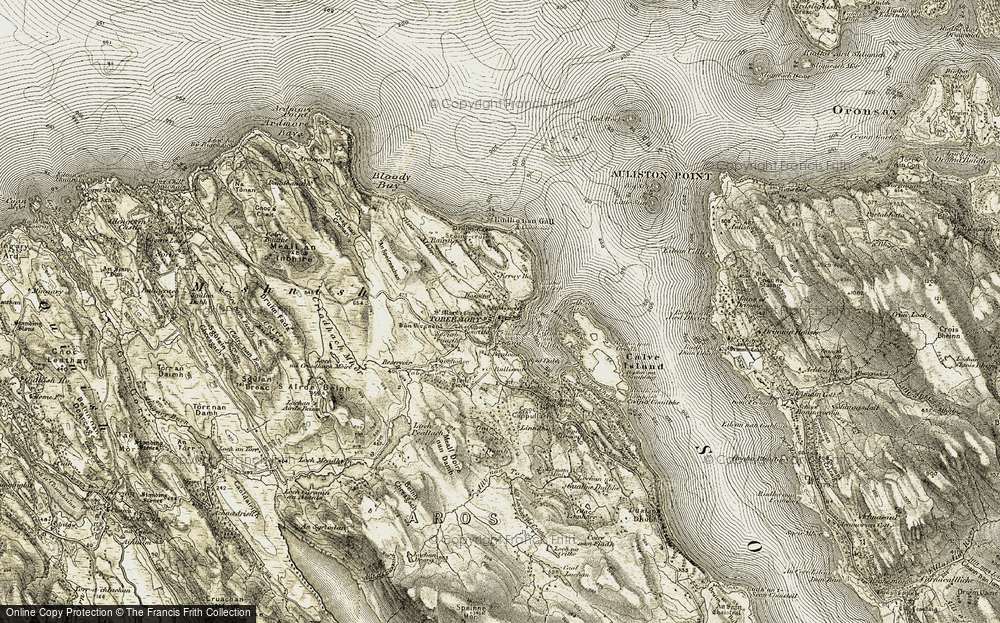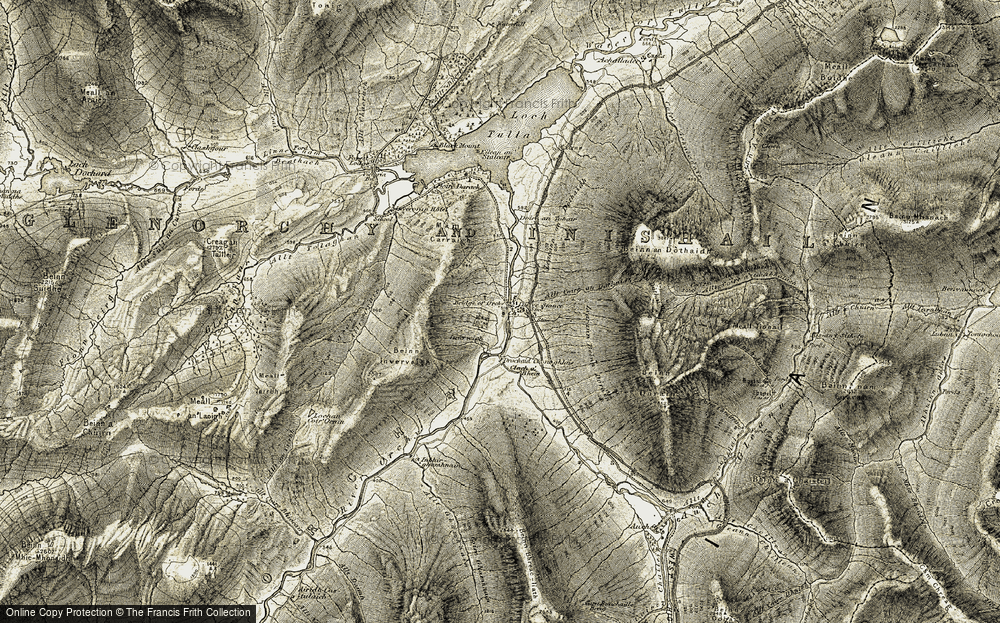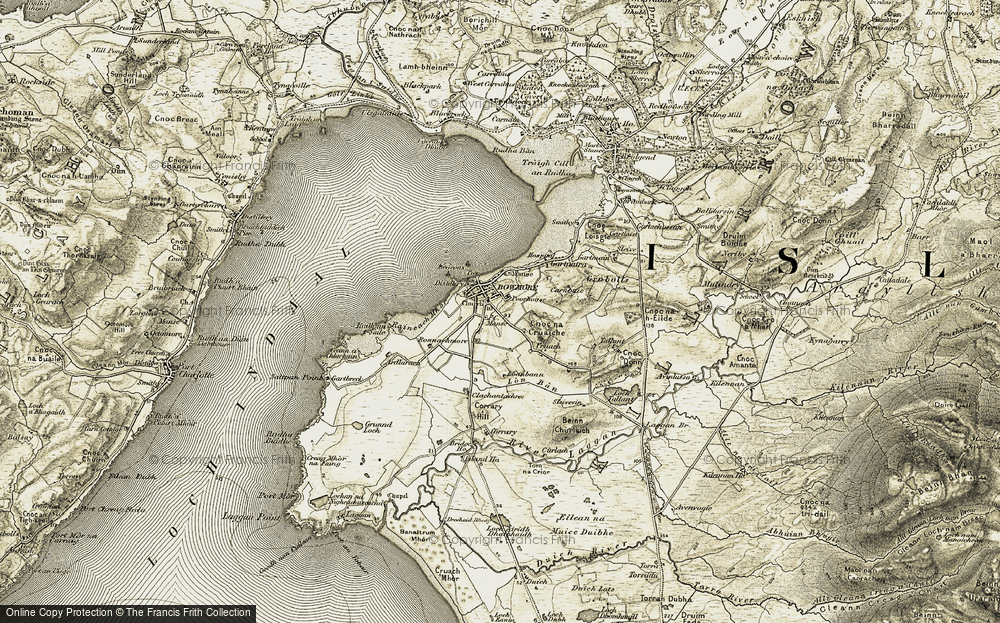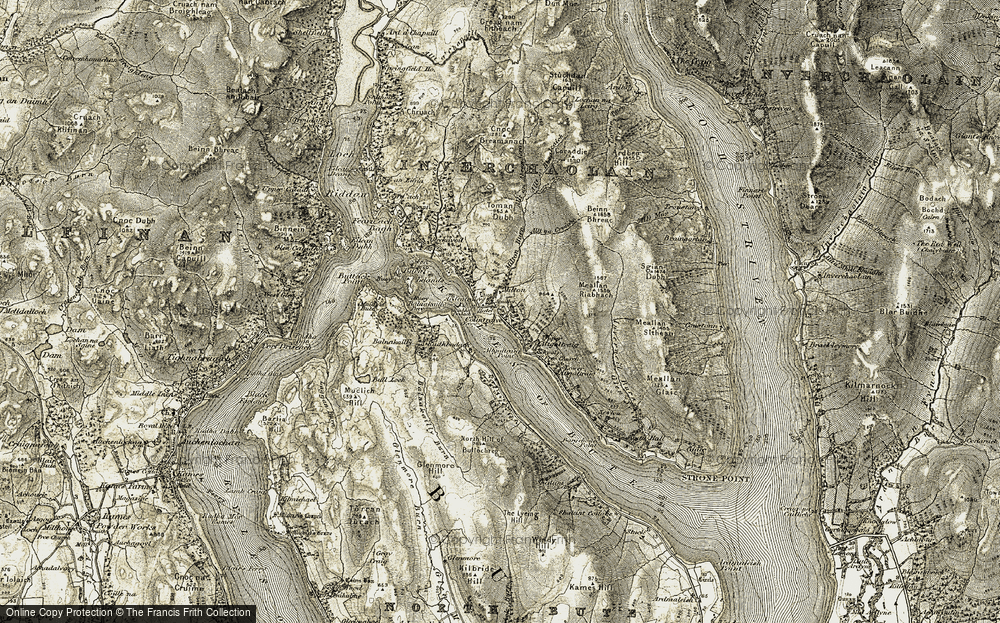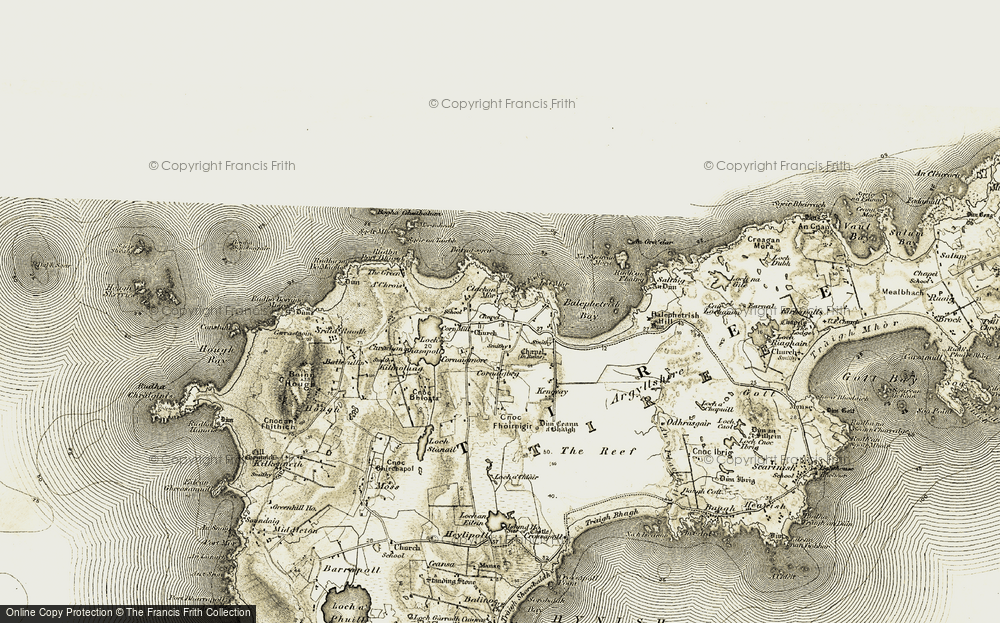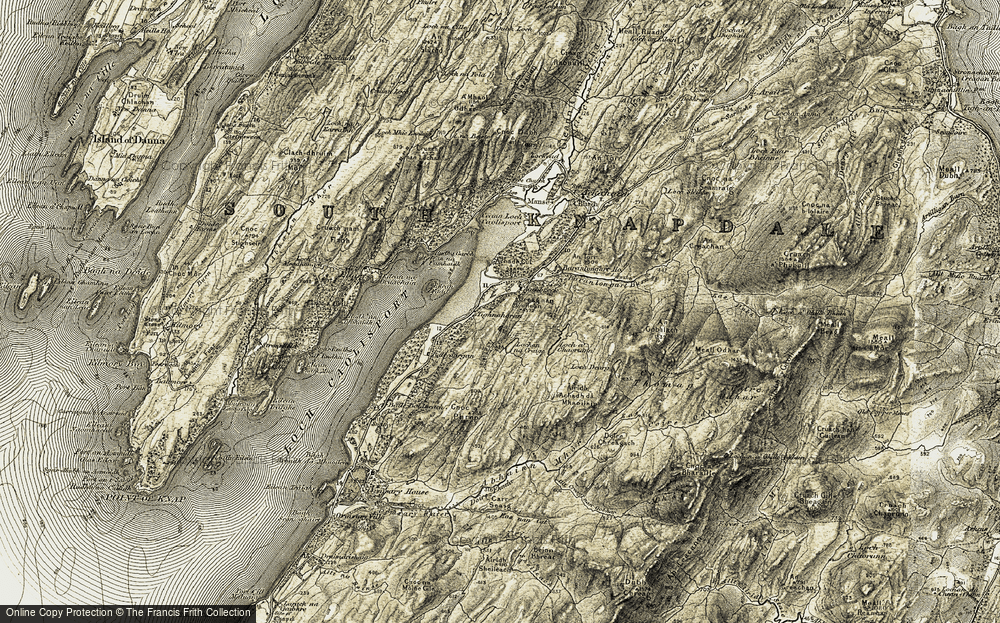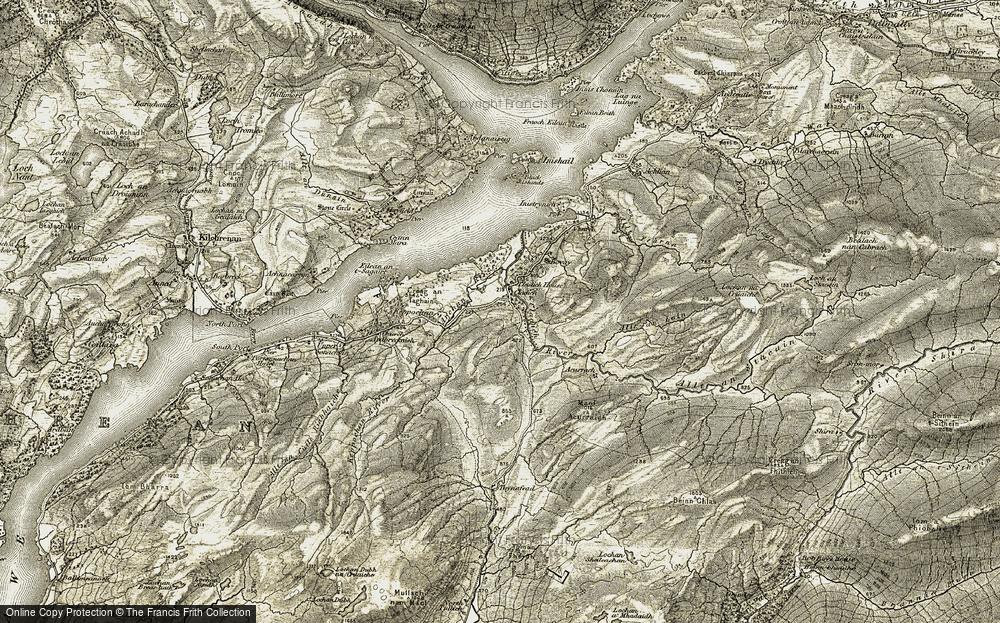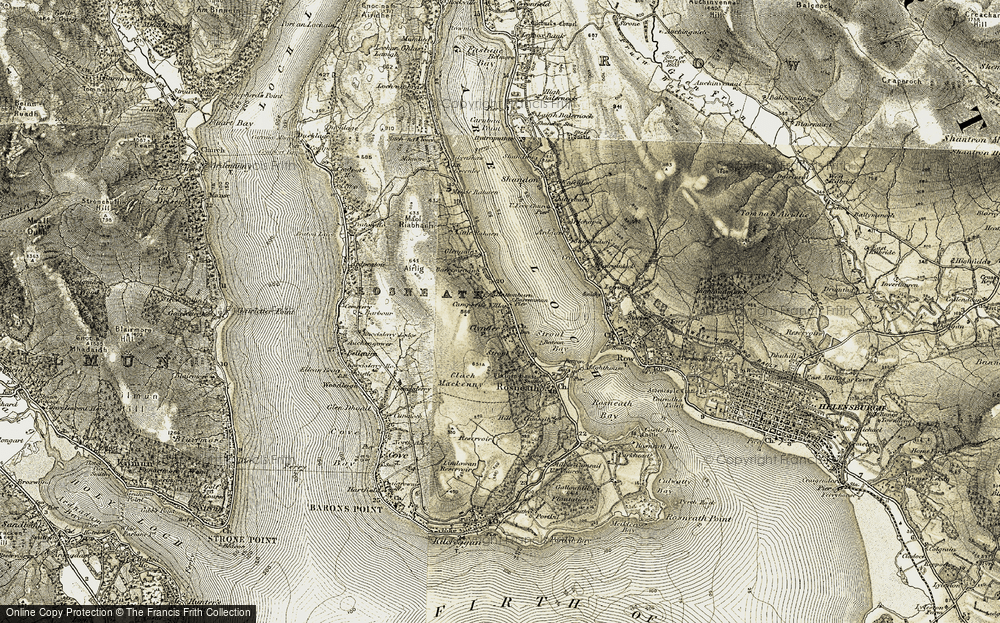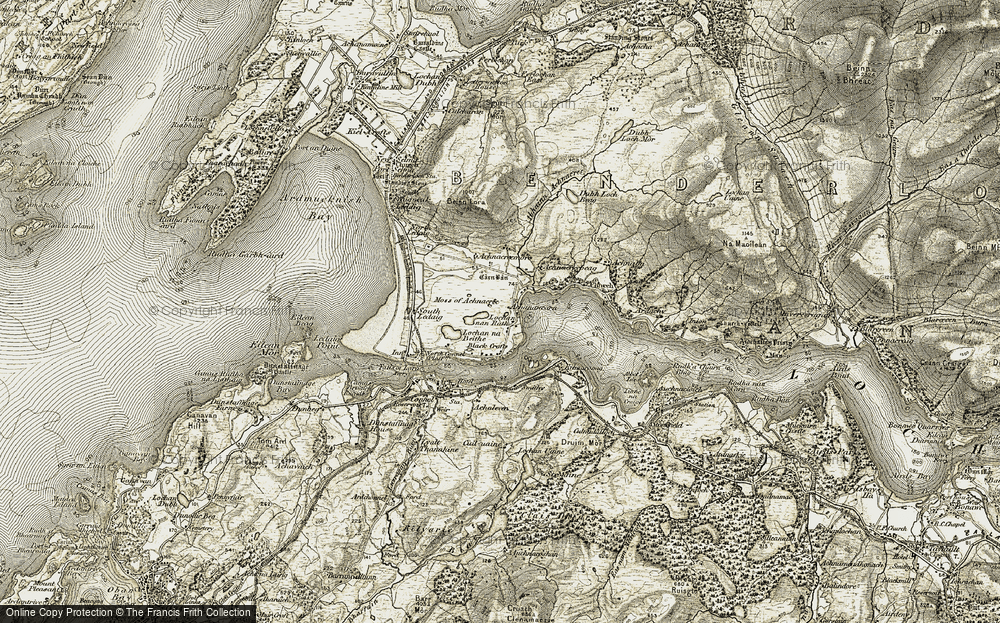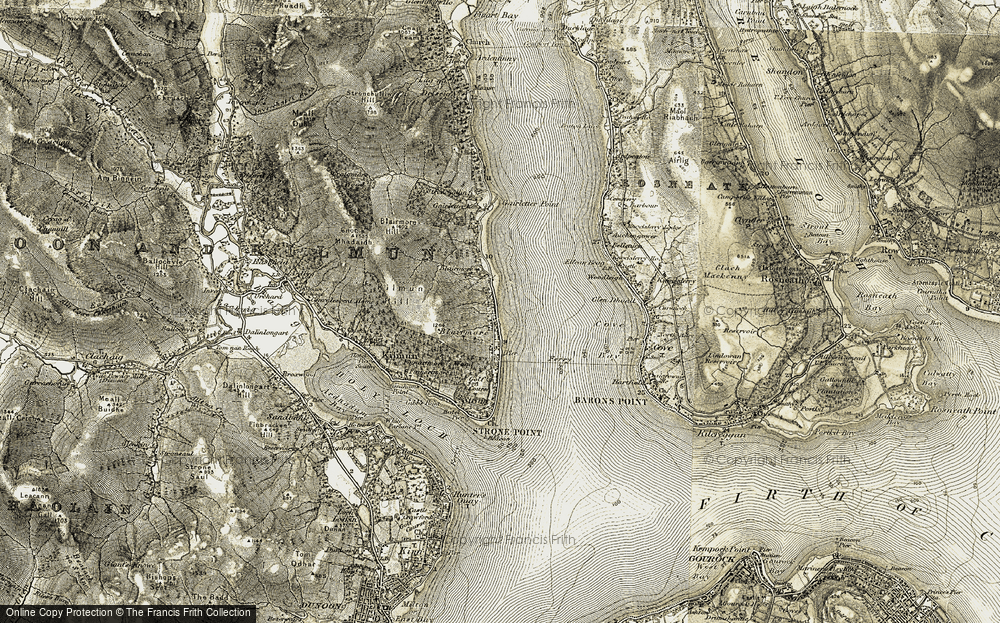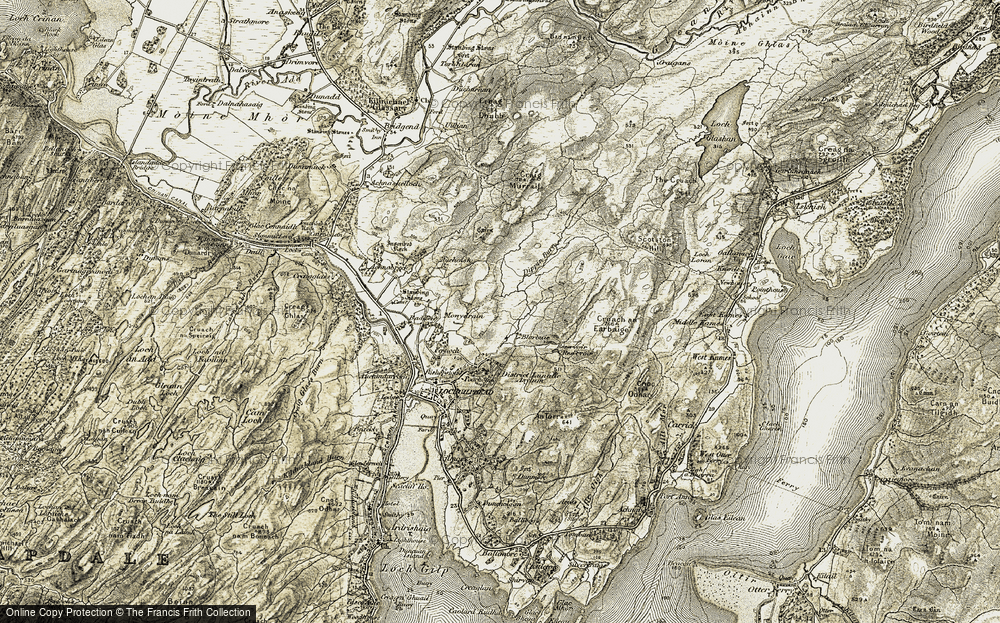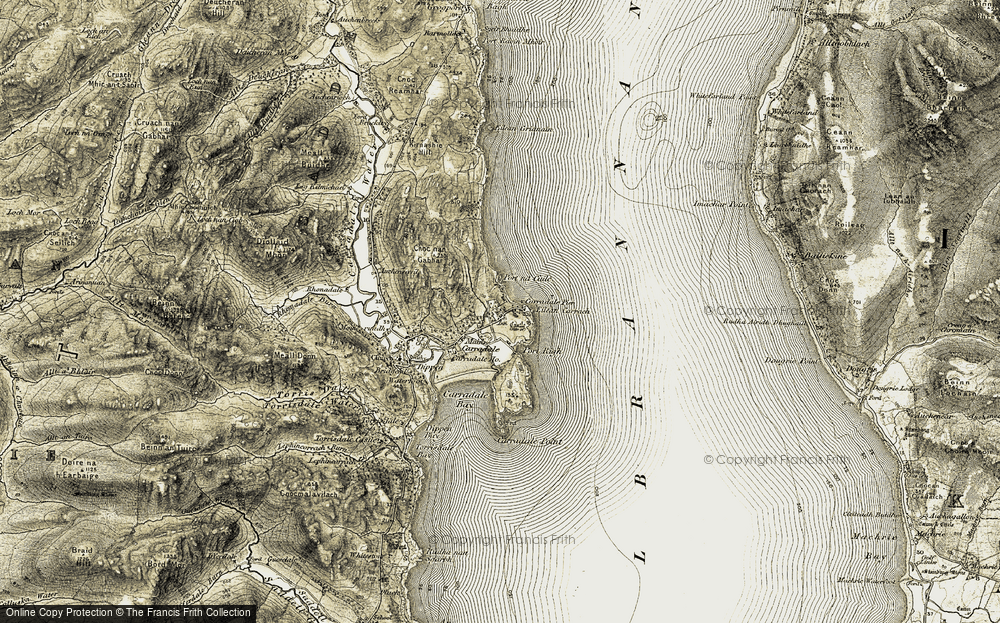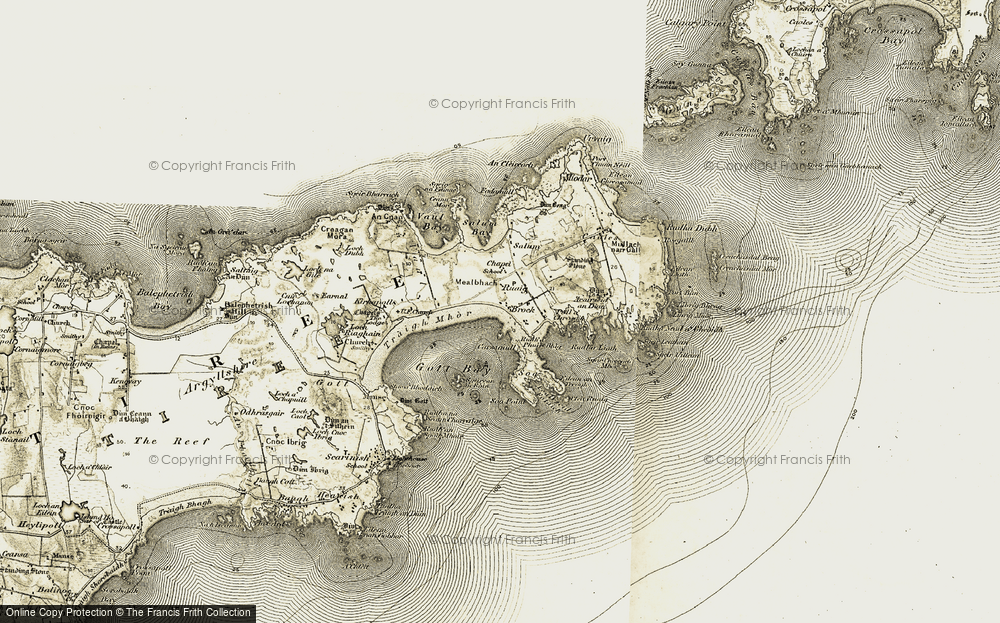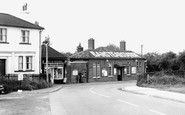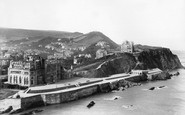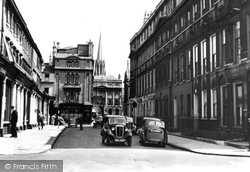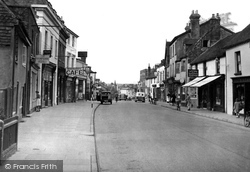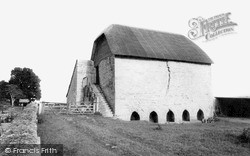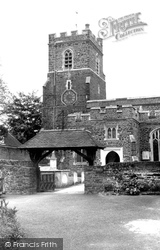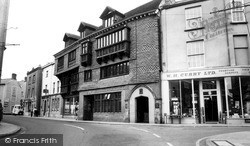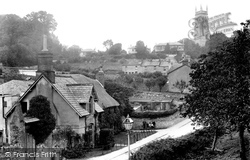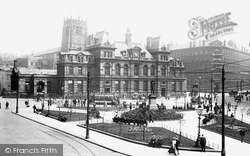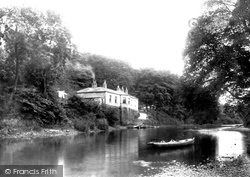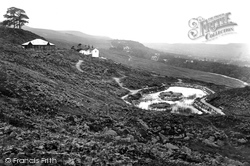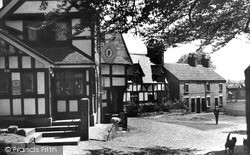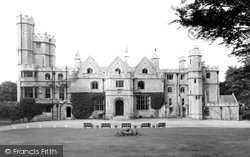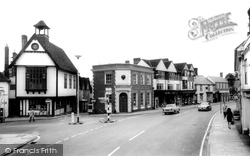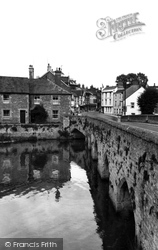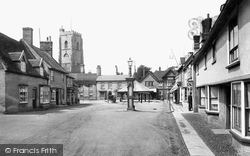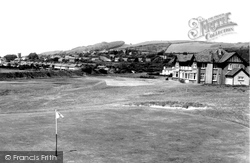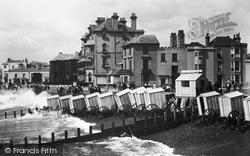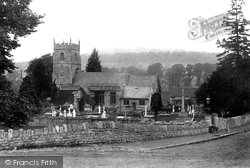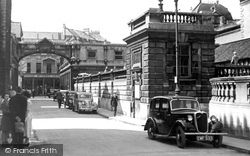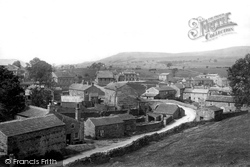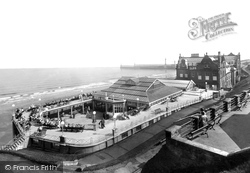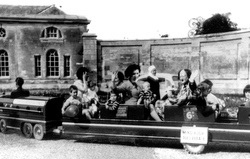Places
Sorry, no places were found that related to your search.
Photos
Sorry, no photos were found that related to your search.
Maps
1,353 maps found.
Books
3 books found. Showing results 601 to 3.
Memories
2,047 memories found. Showing results 251 to 260.
Lovely Memories Of Gladstone Mission/Glandstone Road Coal Yard
My family lived in Gladstone Road, Micham opposite Terry Bull's coal yard and I can still hear the coal men calling "coal man, coal" as they left and returned to the yard. 'Uncle ...Read more
A memory of Mitcham by
Little Dog On Line
We usually came to Banstead woods in the 1950s and 60s by bus, but I remember using the train on one occasion. A little poodle dog had somehow got on to the line, and he just kept on running between the rails, so that the ...Read more
A memory of Banstead by
Why Did They Knock It Down
I remember the last days of the Ilfracombe Hotel. It was a beautiful building but after years of neglect and then under council ownership it fell into disrepair (plus a certain hotelier/councillor didn't like it as it ...Read more
A memory of Ilfracombe
Happy Days
Brought up in Thomas Street from 1947. I remember the cinema at the end of the street, and the Police Station next to the Llanbradach Hotel .As someone mentioned earlier, summer was spent at the outdoor baths, always freezing cold, ...Read more
A memory of Llanbradach by
Albert Road
I lived at 68 Albert Road from about 1953 until they knocked the street down and we all moved up to the flats at the top of the road. It was a great place to be a kid, we still had the bomb site at the back of the gardens in between ...Read more
A memory of Kilburn
Rivacre Baths
I remember going to Rivacre Baths and playing in the fountain near the entrance, I kicked and splashed but managed to kick the wall so hard my nail eventually went black and fell off. I was very young then but remember walking ...Read more
A memory of Little Sutton by
Warmfield A Forgotten Village
I have lived in the parish of Warmfield-cum-Heath practically all my life,and attended the now very 'dilapidated' local school. I still live in the parish, and have very fond memories of Warmfield. Much has ...Read more
A memory of Warmfield by
Some Happy Days
If anyone remembers the Sabistons...we lived at 12 Stobhill Road. The gala days to the various places - Gullane, North Berwick, etc - were my favourite times. To this day whenever I hear "I love to go a-wandering", it brings back ...Read more
A memory of Gowkshill by
Albert Terrace Newburn
I remember Edie Veitch as I was born in Albert Terrace, Newburn. She was more my grandma's age (Nan Tulip), and they also lived close together in Tillmouth Park Road. My Great Aunt and Uncle (Doris and Billy Tait) used to ...Read more
A memory of Newburn by
Post War Brownsover
From the late 1940's to 1969 I remember this area as part housing, part prefabricated homes because of the war. Many old features were still around like barges carrying coal on the Oxford canal, the old disused mill, the ...Read more
A memory of Brownsover by
Captions
1,059 captions found. Showing results 601 to 624.
In the section of the park beyond Marlborough Road, Edward Davis erected this obelisk to the then Princess Victoria in early 1837 for Bath to commemorate the 'attainment of her majority'.
The entrance block of the theatre was formed from Beau Nash's first house in Bath, a pre-Wood era building of 1720 with heavy moulded window surrounds and cornices.
As we look east from Queen Square, the terrace we see on the right, Northumberland Buildings, built in 1778, is another design by the ubiquitous Thomas Baldwin.
The second building on the left has a sign showing it to be the office of 'The Hampshire Herald and Alton Gazette' at 9 Normandy Street.
Isolated on an island amidst the marshes, the community grew lax and neglected their religious discipline; the monks developed a taste for worldly comforts.
It is entirely possible that Queen Katherine of Aragon worshipped in the 10th-century church during her stay at Ampthill Castle in 1533.
Wiveliscombe has been occupied since the Romans passed by, and during the medieval period it served as a summer residence for the Bishops of Bath and Wells.
St Mary's is reputed to be the oldest church site in Devon.
The square was named after the Bradford MP W E Forster, who sponsored the compulsory education act of 1870.
The famous spring was discovered on the banks of the Wharfe by labourer John Shires on 4 June 1744. From then on, visitors flocked to the town to enjoy the benefits of its health-inducing treatments.
This cottage high up on the moors contained two stone plunge baths, one of which is still on display today. The well spring and the house date from the early 1700s.
The brick building on the right has gone, and the timber building beside it has been extended.
This imposing building is impressively situated on the shores of Southampton Water.The original castle, built by Henry VIII in 1542 as part of his many coastal defences, has all but disappeared, and
The four pointed gables were built in 1899 on the site of two small cottages and a plastered building that seemed to be the remainder of an ancient chapel.
We are looking from the Nag's Head Island side towards Bridge Street and the town.
In the centre are the pump, in use until 1939, and the 16th-century Market Cross. On the right are Mabel Kemp's cycle shop and Isaac Minn's, saddler.
Whilst Cardiff and Llanelli were, and always will be, the home of Rugby Union, golfing was the Welshman's second love - although in this picture no one was playing, at least not on this tee.
Beyond the line of bathing machines, waves crash against the beach in this turn-of-the-century photograph. Much of the town's architecture dating from this period survives today.
Across the toll bridge from Batheaston, the road crosses the A4 dual carriageway Batheaston bypass into Bathampton, a village now linked by development to Bathwick and Bath.
Some of the right hand side is taken up by Jolly's, the famous Bath department store which had a most elaborate Victorian stone and granite shopfront of 1875 added to part of its frontage.
From Terrace Walk, York Street passes the rear of the Roman Baths, screened by the rusticated walls and corner pavilion added by Brydon in the 1890s.
Bainbridge was once an important junction, for here the roads to and from Lancaster, Swaledale and Westmorland met.
The Spa was built in the Victorian era, when Whitby was hoping to become a second Bath.
The miniature railway at Cofton Wood was nearly as popular as the tea room, though one cannot help wondering if the adults in this picture are not just the teeniest bit embarrassed.
Places (0)
Photos (0)
Memories (2047)
Books (3)
Maps (1353)


